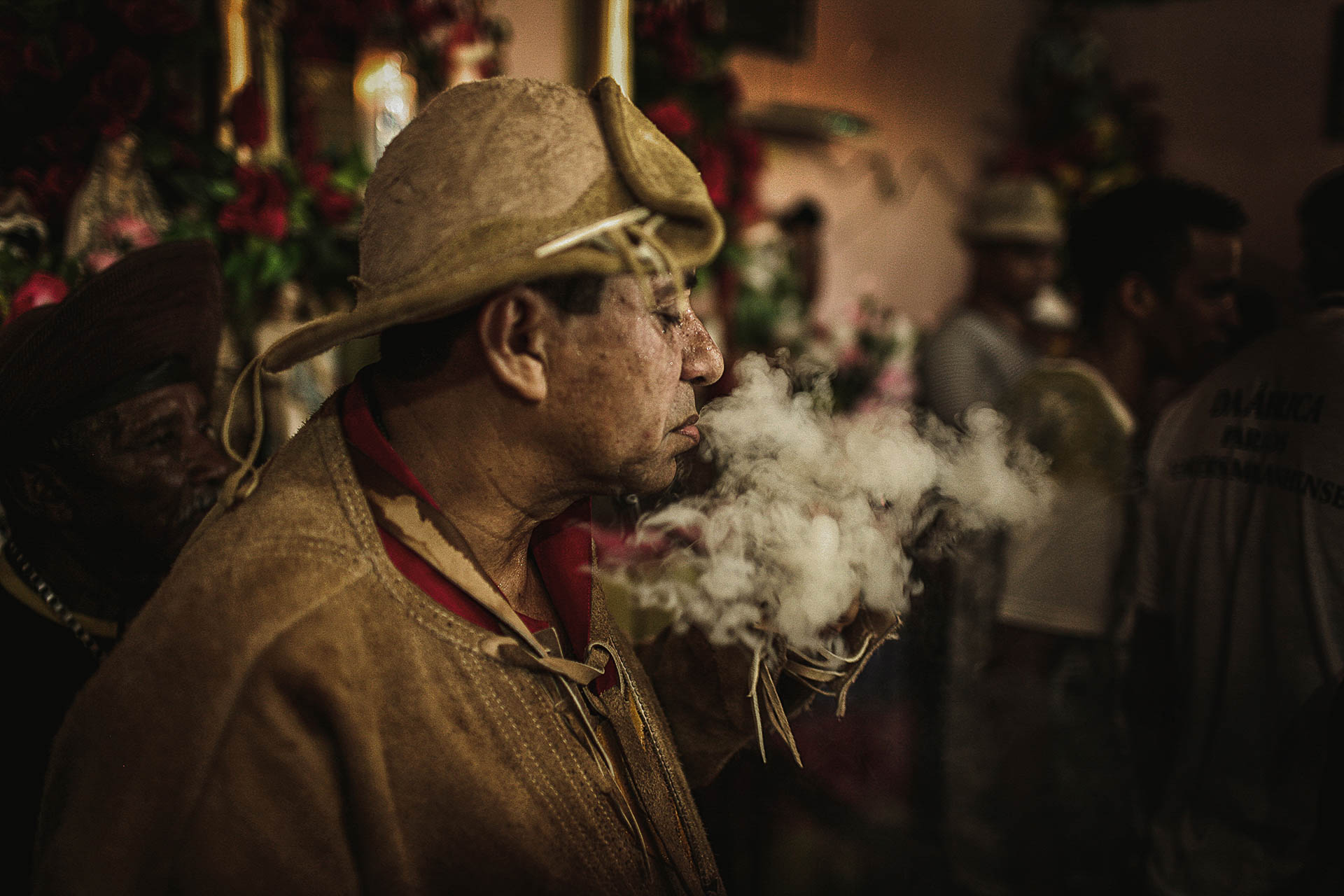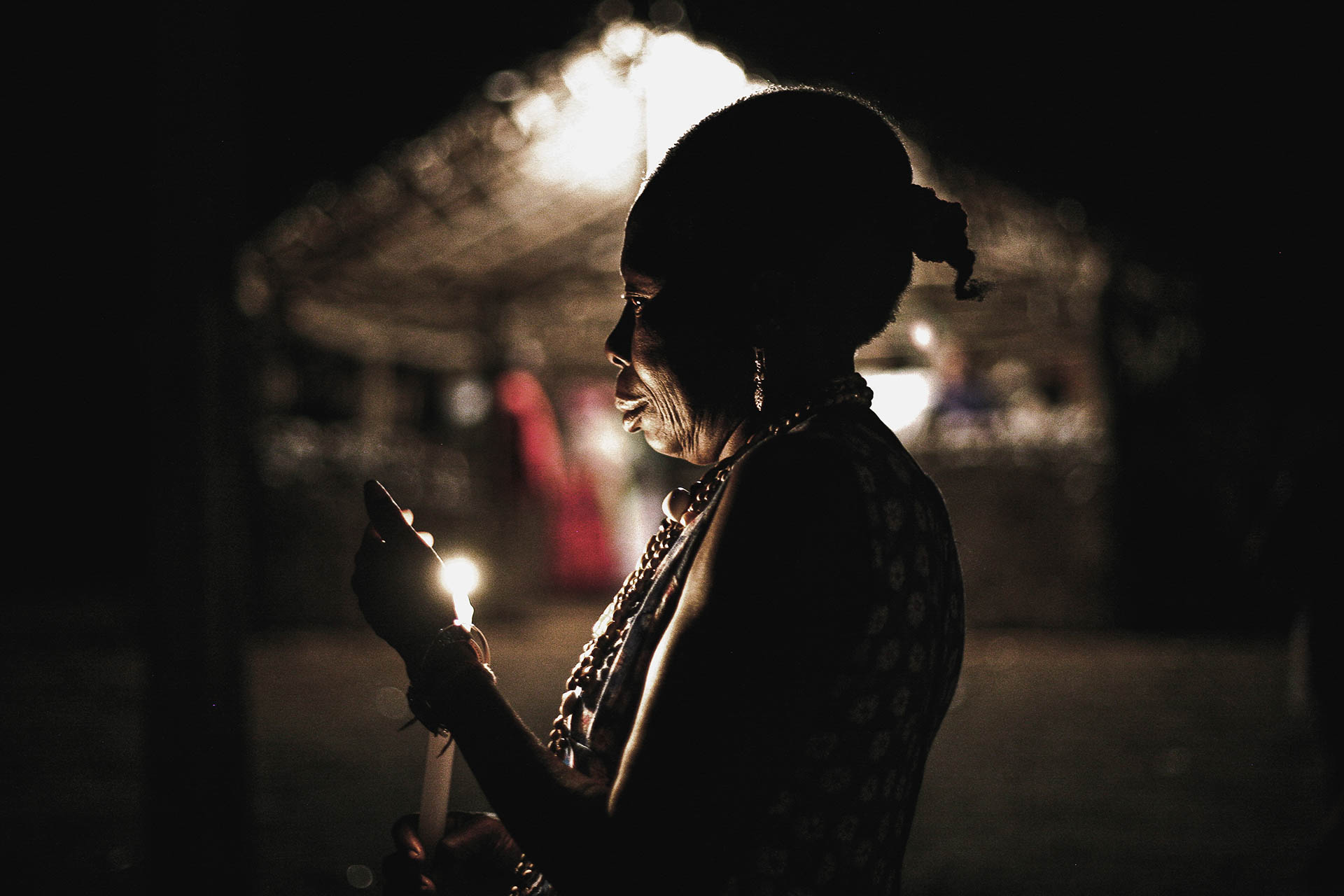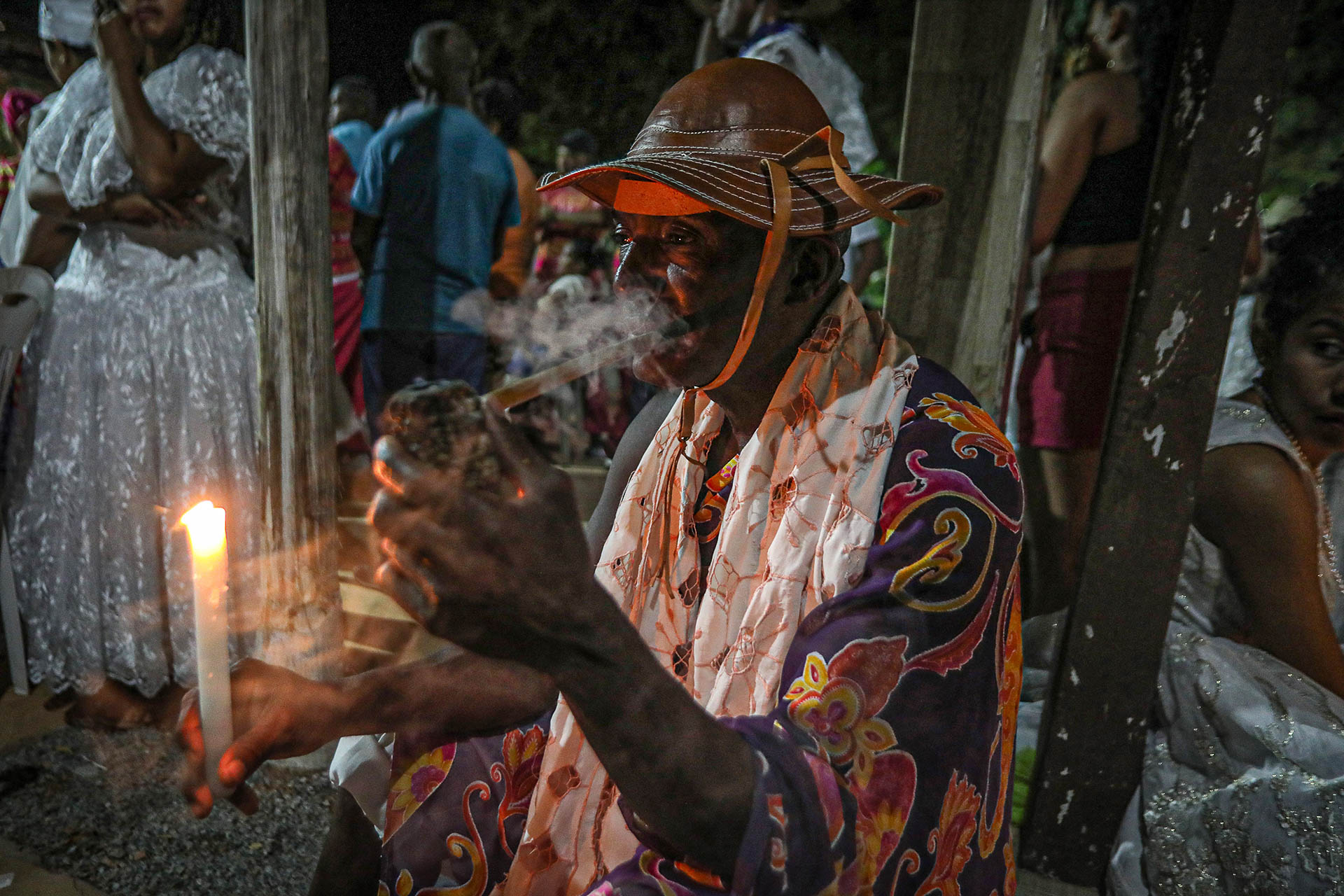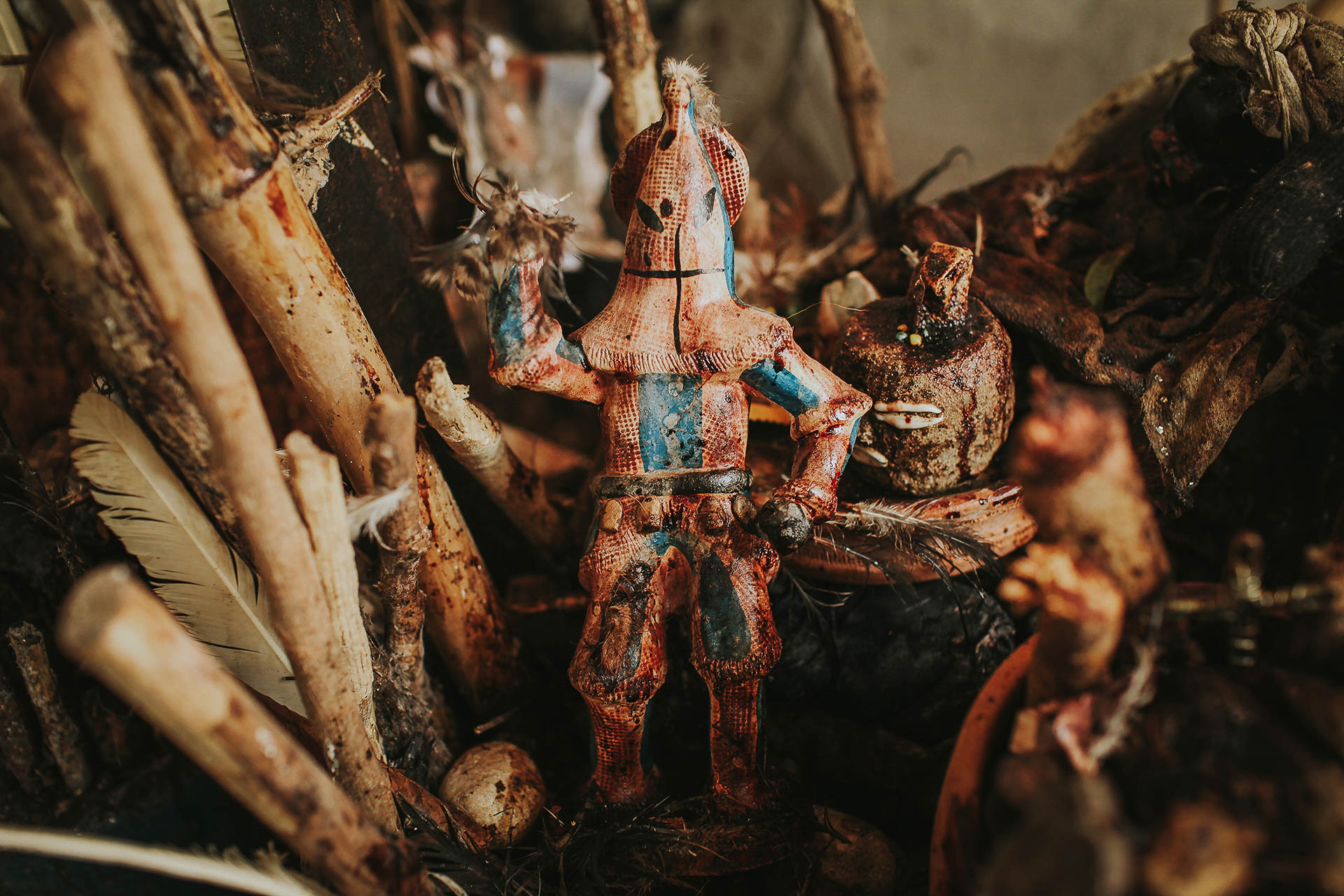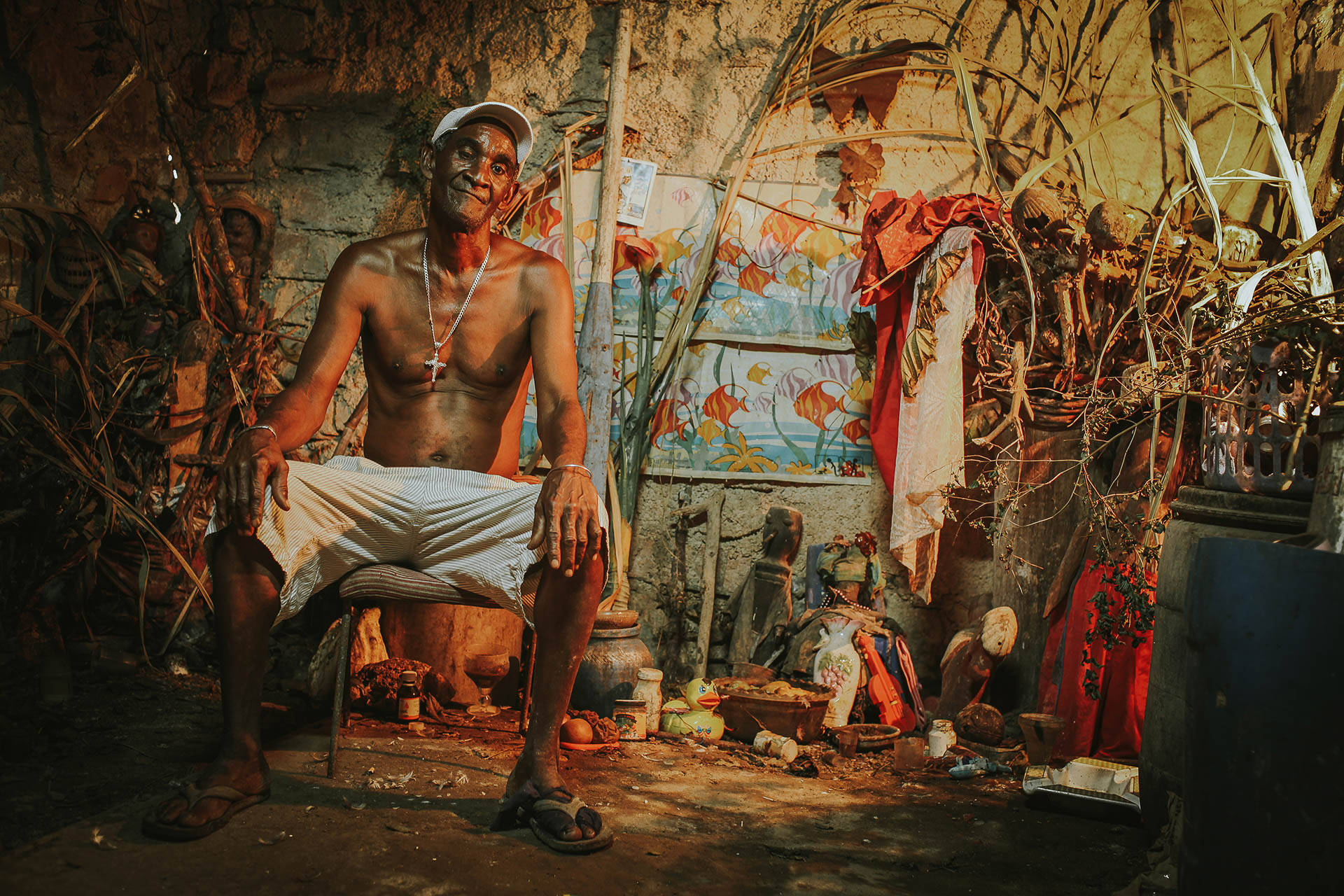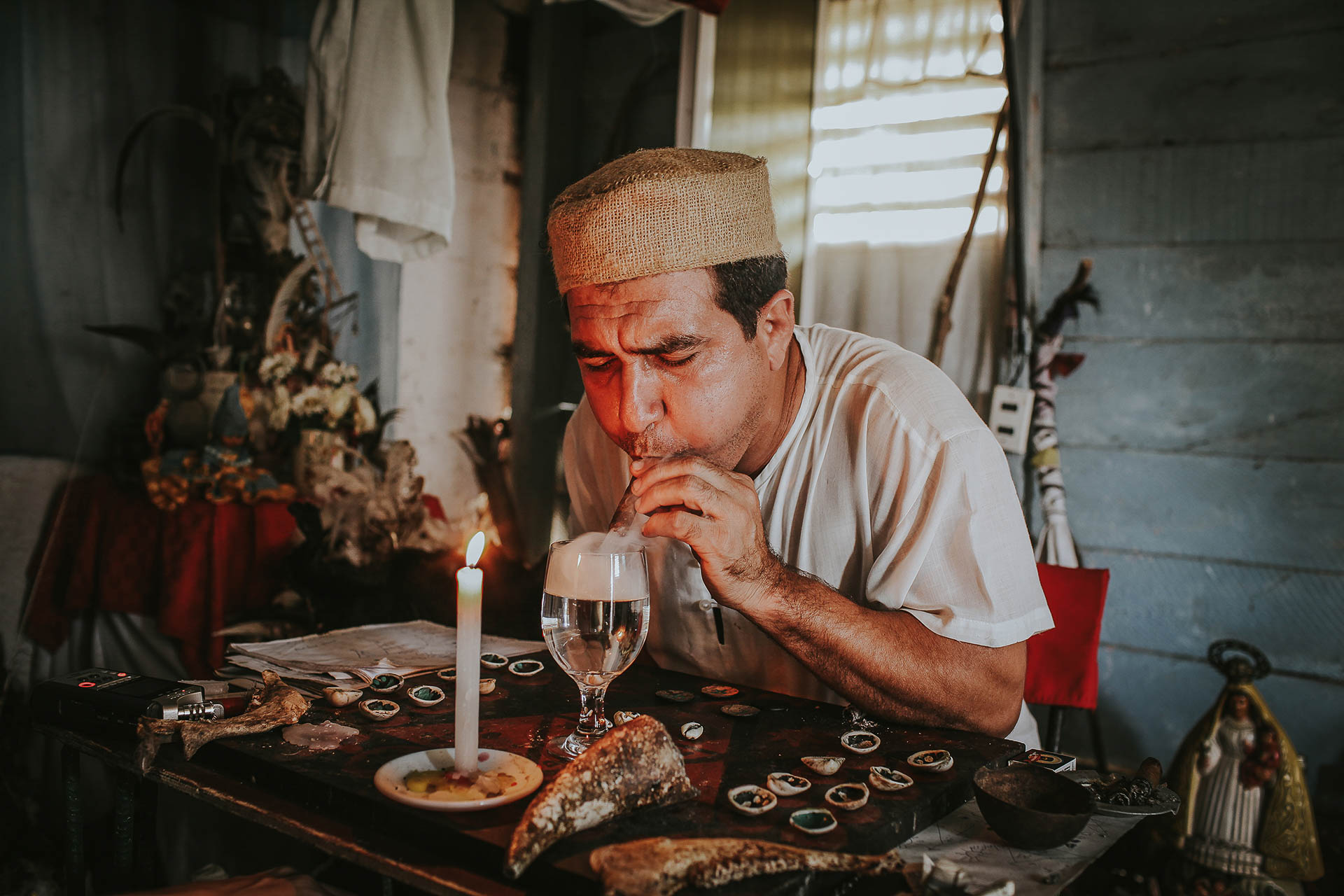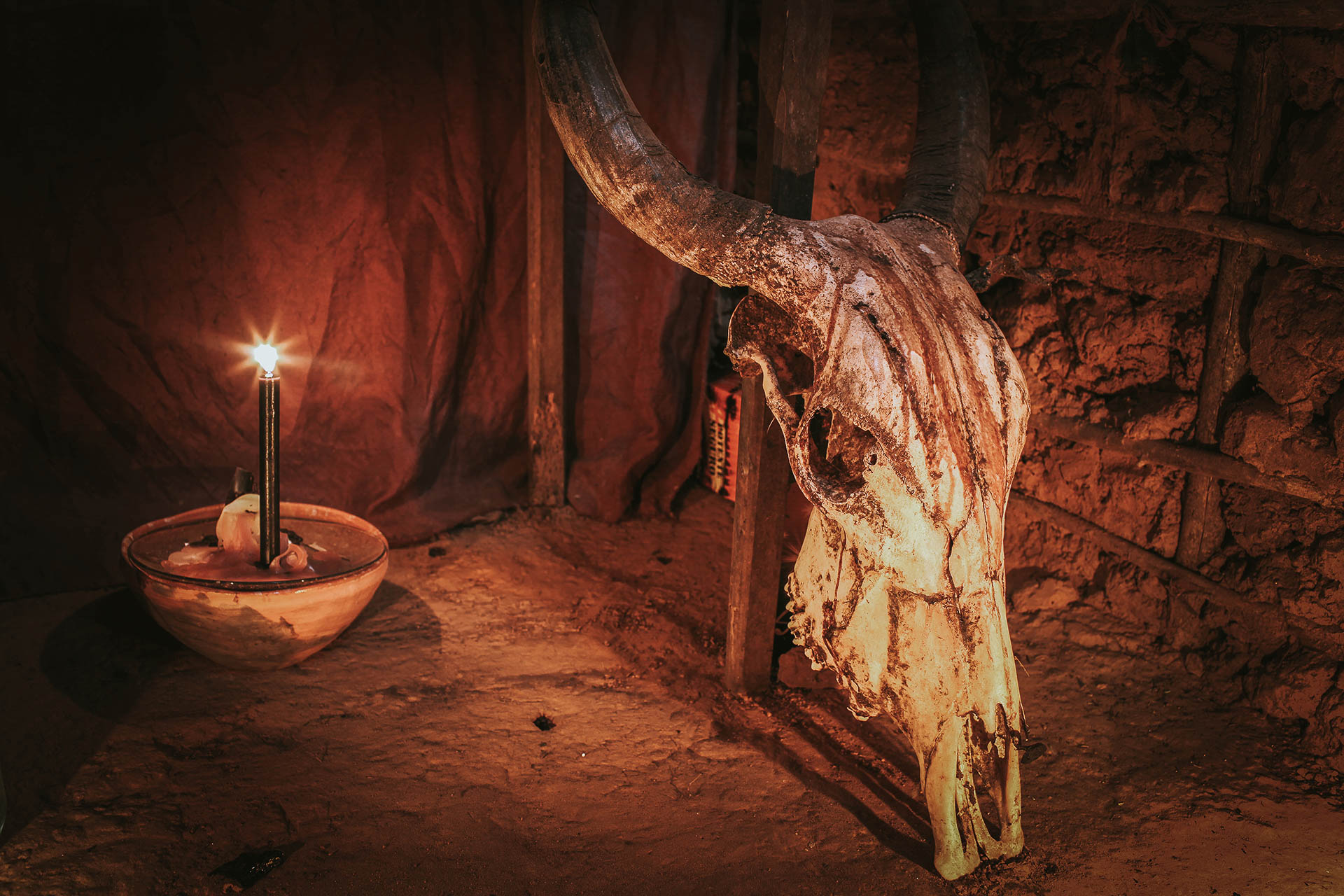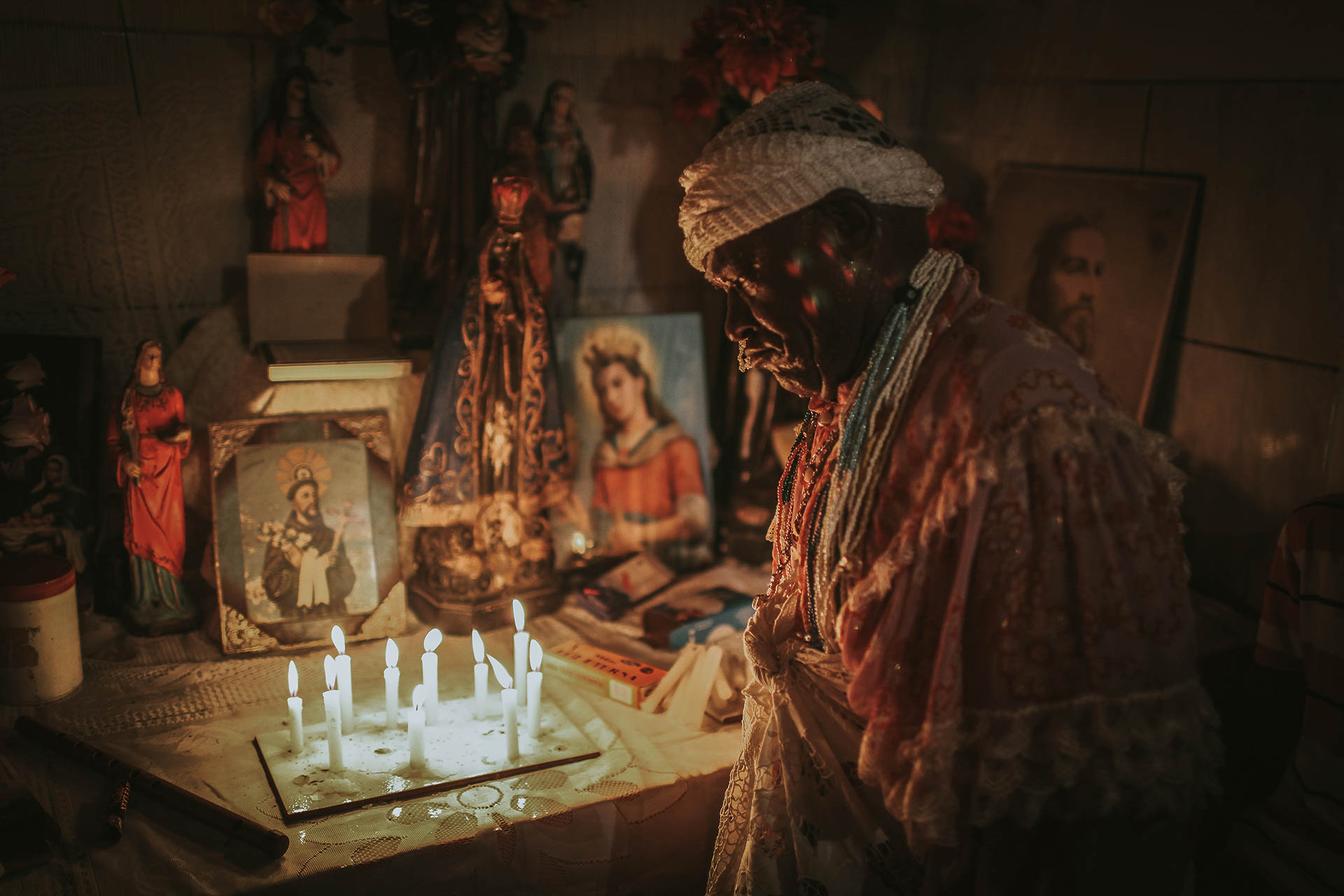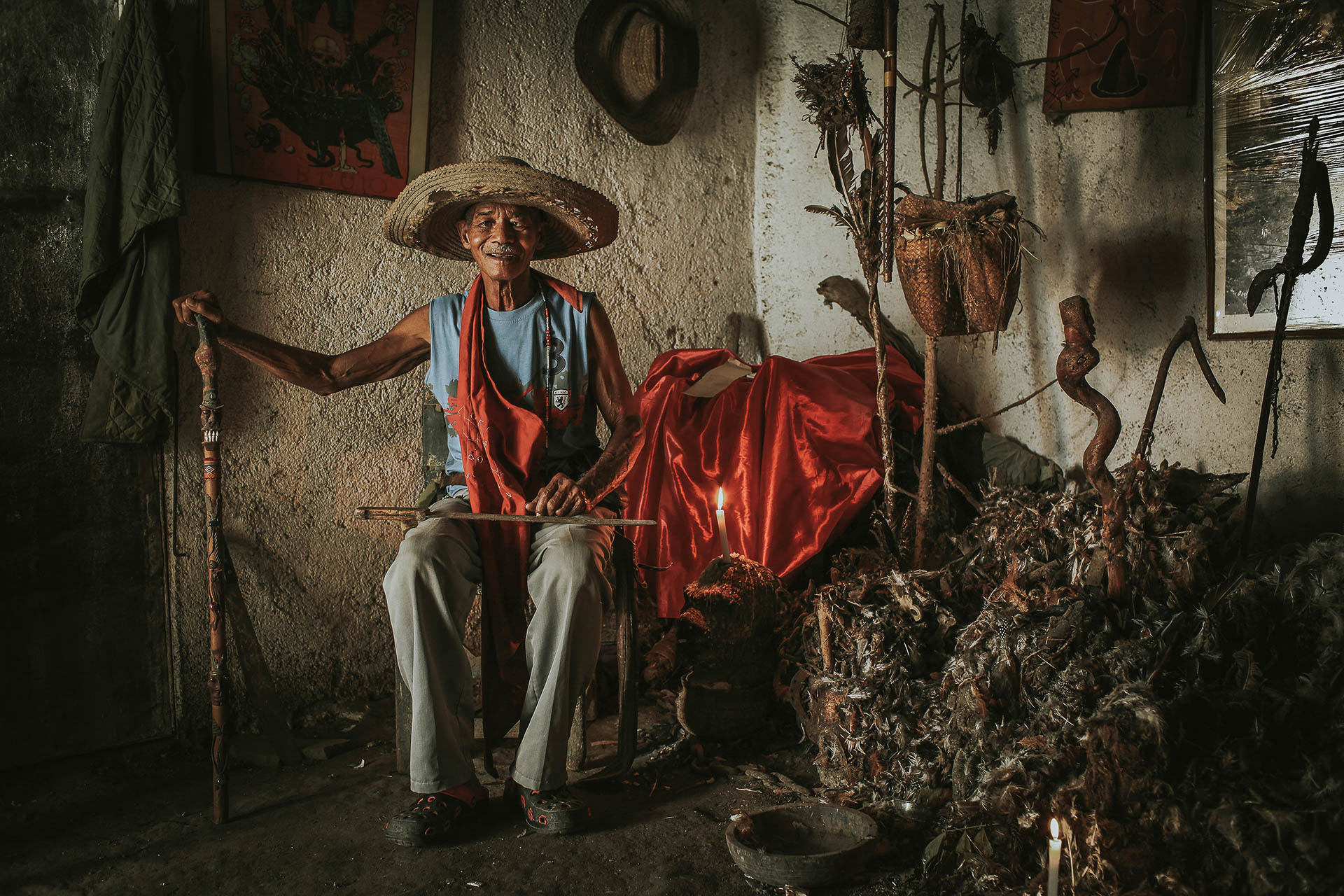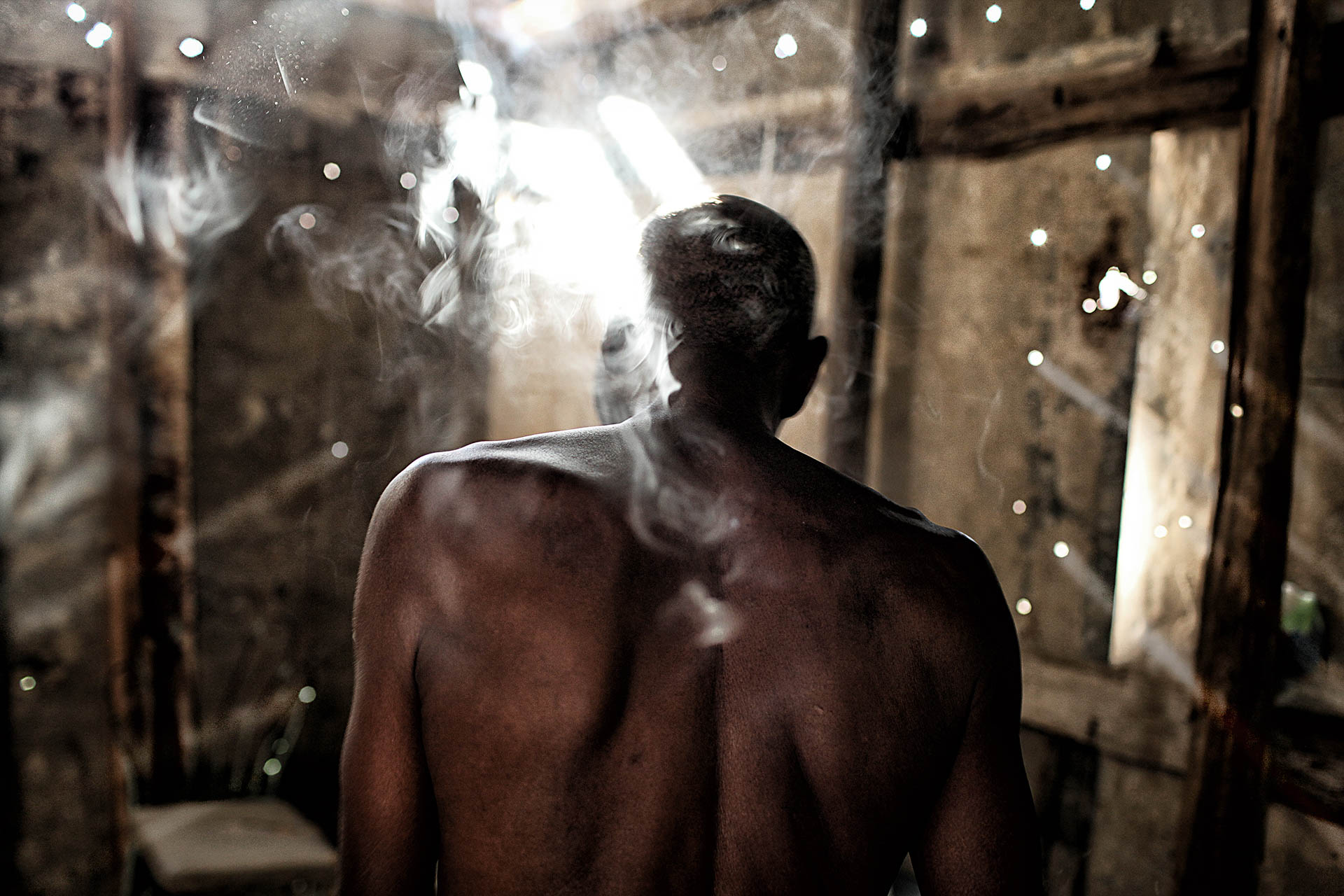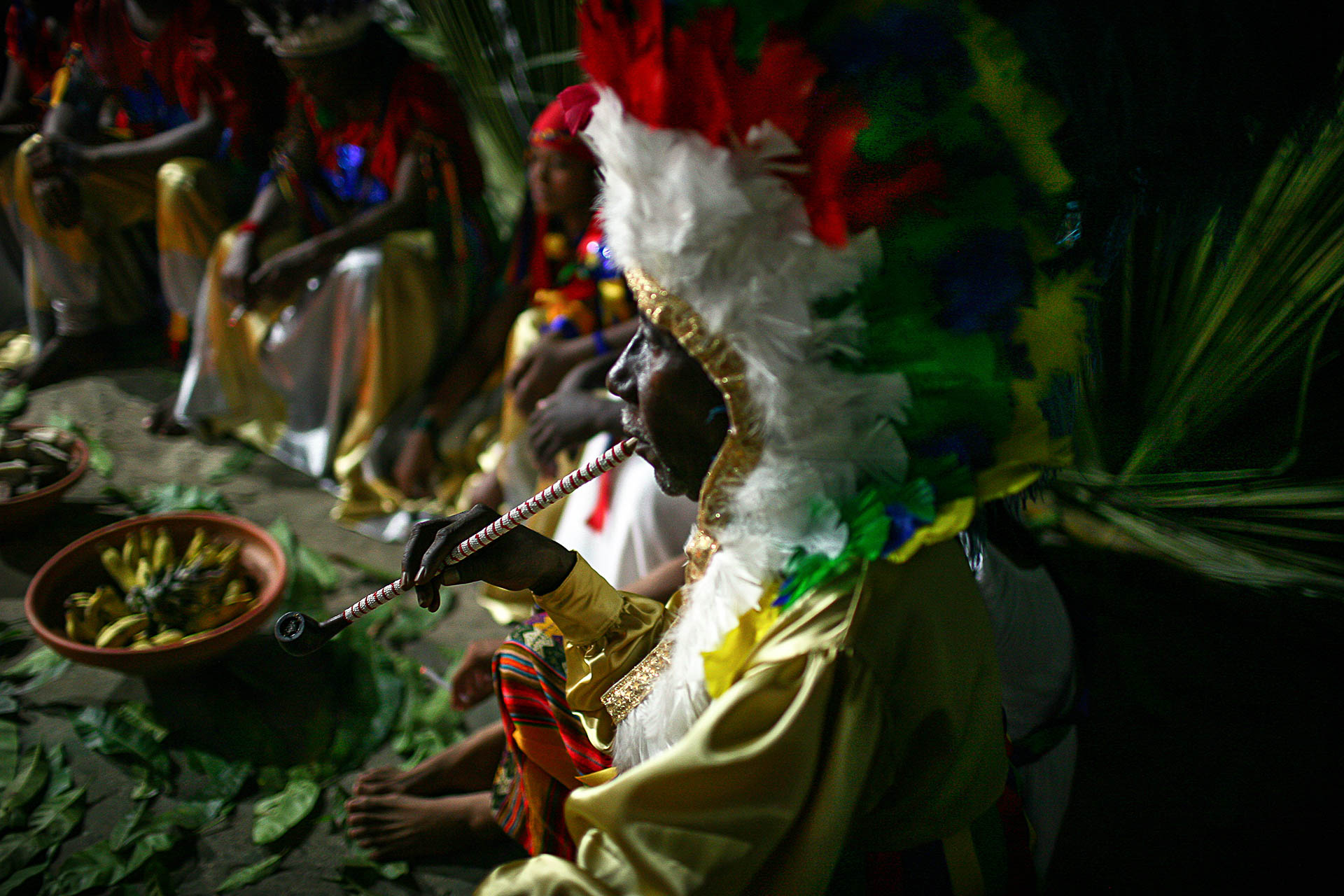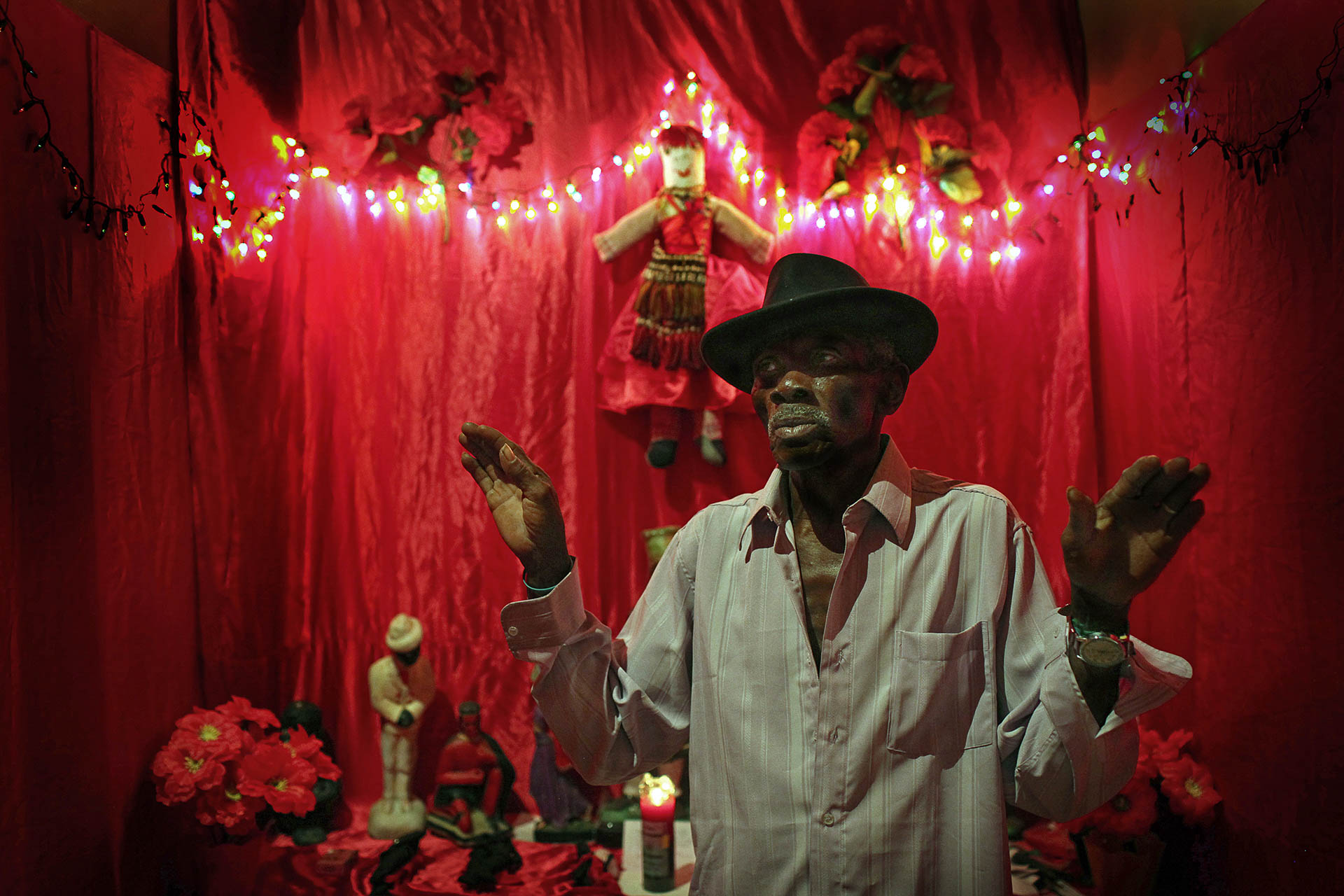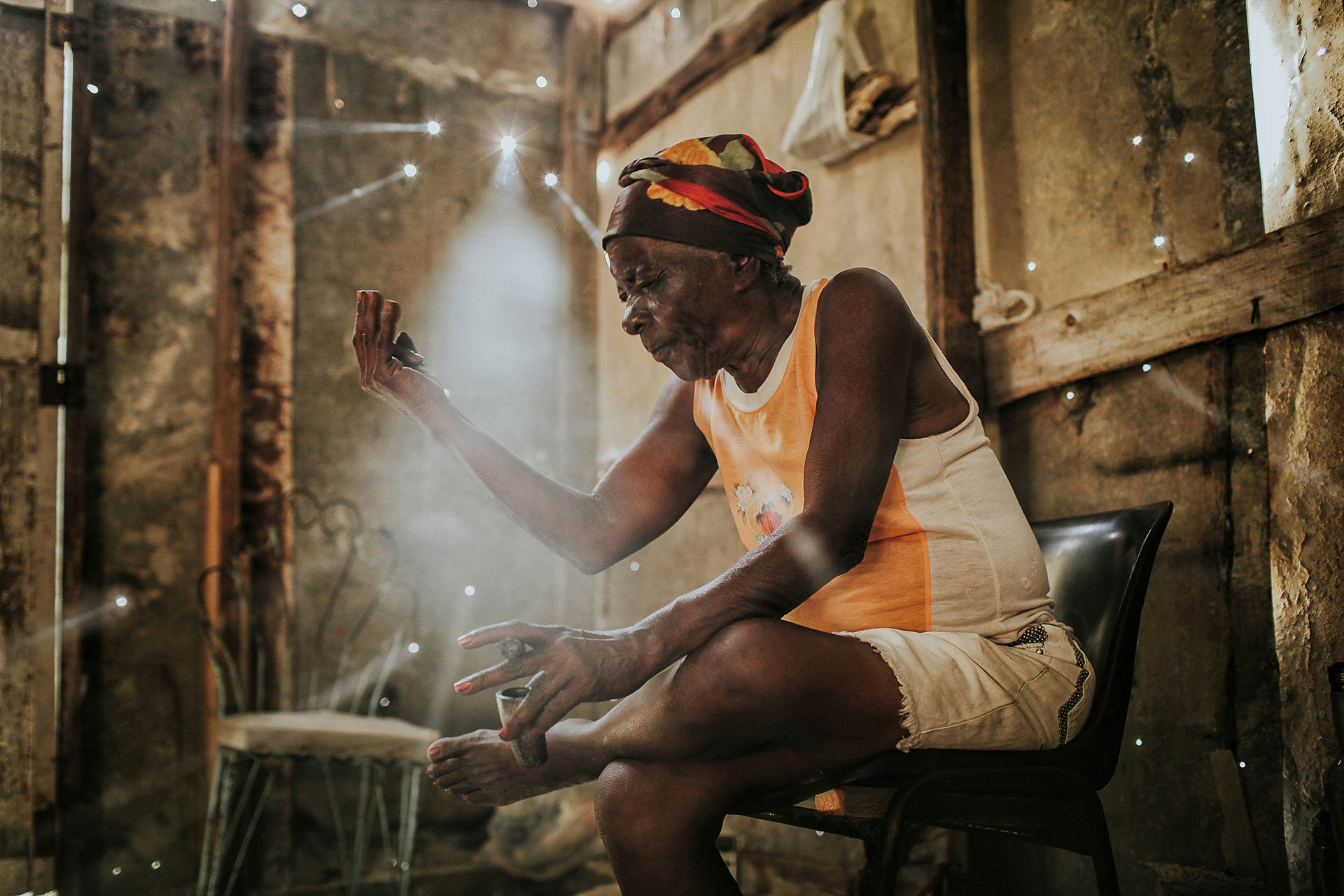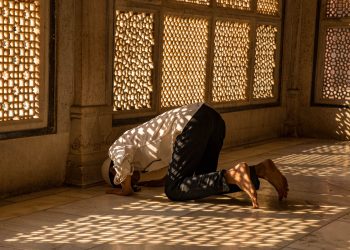Unraveling the African diaspora reveals Latin America as the undisputed epicenter of the extraordinary. This truth emerges through exploring centuries-old creative connections linking Europe (Portugal), Africa (Congo and Angola), and Latin America (Brazil and Cuba).
BANTU designates countless peoples inhabiting southern equatorial Africa—their presence so dominant they occupied vast territories. These groups—diverse in languages, social structures, and political systems—began their settlement around 3000 BC, becoming one of the most enslaved populations until the late 17th century.
Religiosity defines these societies, rooted in constant interaction between two realms: the visible (humans, earth) and the invisible (spirits, deities). This Project reclaims the shared imaginary of ancient Africa—reinterpreted through sacred lenses in Cuba and Brazil.
While Brazil received approximately 4 million enslaved Africans over three centuries, Cuba legally imported around 600,000 until 1867.
In Cuba—specifically Havana—the Project documents cultural-religious manifestations of Palo Monte (also called Regla Conga or Cuban Brujería), whose ancestry traces to enslaved peoples from today’s Lower Congo region.
In Brazil, the focus shifts to terreiros (sacred spaces) within quilombo communities in Maranhão’s Western Lowlands—cities of Codó and Guimarães—studying the religions:
-
Pajés de Negro (Black Shamans)
-
Terecô
-
Tambor de Mina
Translated with Deepseek AI
